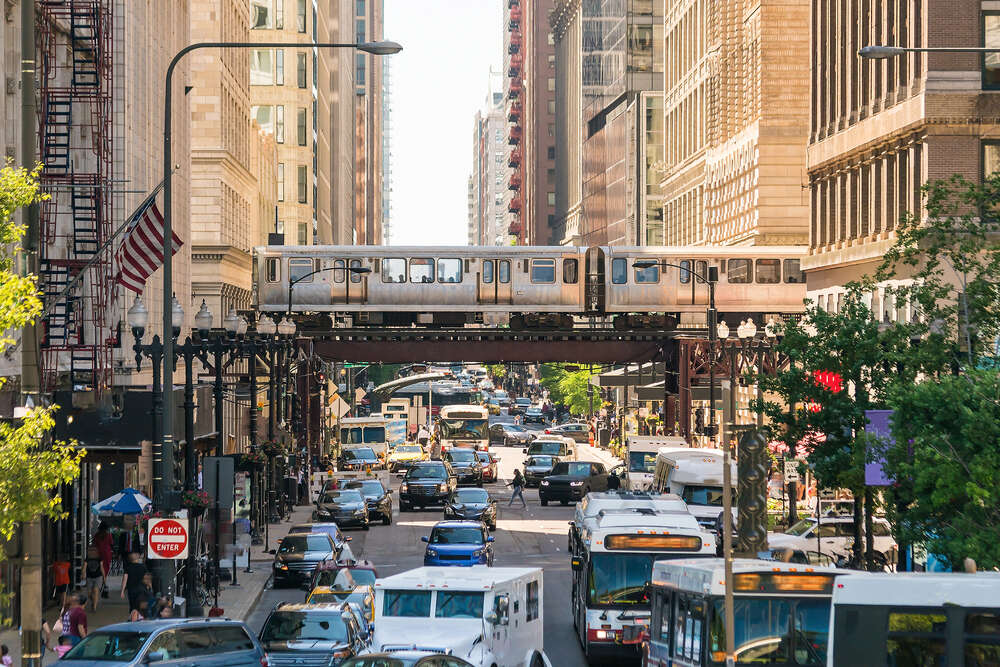
While one might think the definition of a second city is pretty straightforward, the actual application of the moniker may be slightly confusing. Does it come down to population size? History? Cultural significance?

What does ‘second city’ actually mean?
When a city is the second biggest in a country or is ranked as the second most important city after the capital, it is referred to as the ‘second city’ by many. This can be based on population or cultural importance, as well as geographical size.
For instance, Edinburgh is Scotland’s capital but Glasgow is the country’s largest city, which would make an easy case for the latter being the second city. If you look at England, however, the capital and biggest city is London. So which city then makes a claim as England’s second city? Does it come to geographical size, the city’s cultural significance or population size?
What is the UK’s (and England’s) second city?
Although Birmingham has been the more likely candidate since the early 20th centuary, many would argue the title should belong to Manchester.
In terms of population, with more than 2.8 million inhabitants, Greater Manchester comes in just shy of the Westmidlands area, which contains the city of Birmingham, at 2.9 million. In terms of ‘city proper’, Manchester has only approx 550,000 to Birmingham’s more than a million residents.
However, in a BMG Research survey, 38% of respondents chose Manchester, while 36% chose Birmingham. The remaining individuals chose Edinburgh as the UK’s second city.
As a result, there is still disagreement over which city should be the second city of the UK. Sorry about that.
What are some other second cities around the world?
Other examples of second cities worldwide are also hard to determine, sadly, but there may be some consensus on a few.
For instance, situated in the western part of the country, Jeddah is the second-largest city in Saudi Arabia. Due to its harbour and population of approx four million, it is still considered by many as Saudi Arabia’s commercial and trading hub, as well as a cultural centre. Jeddah is also Saudi Arabia’s second-largest city after the capital Riyadh in terms of population.
After Madrid, Barcelona is the city with the second-highest population in Spain. Being the second-largest area, and the geographic centre of Catalonia, it serves as the territory’s cultural and artistic centre. Barcelona has a lot to offer to both locals and visitors, including the Sagrada Familia by Gaudi and Guernica by Picasso, and few would argue it is Spain’s second city.
Italy’s second-largest city is Milan, behind the capital, Rome. Although it is somewhat smaller than Rome, the Lombardy region’s capital is the second-largest city in terms of both population and (metropolitan) area. Milan, one of Italy’s cultural hubs and the nation’s fashion capital, has likely earned the distinction of being the country’s second city.
Why is Chicago called the second city?
OK, so the one most people know by association. In addition to being known as ‘the windy city’, Chicago is actually the third-largest metropolis in the US despite using the second city title. There are several reasons for this, but one is essential to the history of the city.
Chicago suffered significant fire damage in 1871. The locals decided to completely rebuild their homes rather than move. As a result of this reconstruction, the city was built larger and better, almost developing a new personality. Some argue that as it received a second chance, the name followed suit.
Chicago’s reputation as “second best” to New York City has existed since the early 20th century, which may be a less flattering rationale. The release of AJ Liebling‘s Chicago: The Second City gave rise to this viewpoint.
[Read more: Where are the largest cities in the US?]






